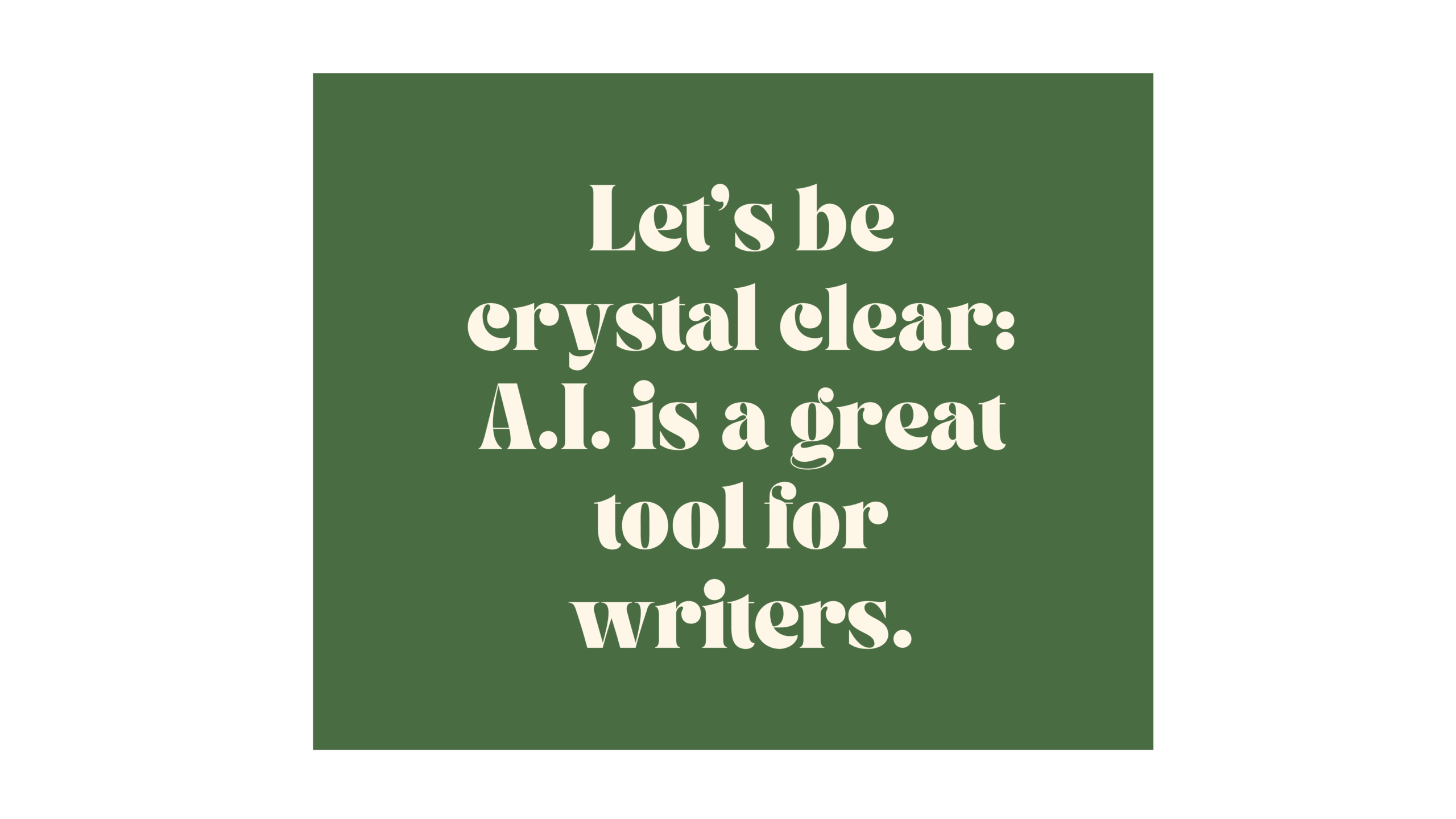The first time I dumped a set of notes into ChatGPT and asked it to churn out a full news article, I about threw up.
Dang, AI is good, I thought. There goes my job!
But hang on a sec.
The more I sifted through the article it “wrote” for me, the more I realized that AI is just another tool. That’s it!
Nothing to get too excited about, and here’s why I think that way.
AI can be incredibly helpful to writers and editors, but …
Those who rely on it as a part-time coworker or who choose to use it to generate bulk or economy content are going to crash and burn. Here’s why:
No original content. The top of the social media food chain is flooded with homogenous voices cranking out content for the sake of content—and they all sound the same! (AI found its voice; everyone else is losing theirs.)
Unintended errors. AI will alter original quotes to fit its narrative, and unless you prompt it to use your transcriptions verbatim, it will undoubtedly introduce factual (and most certainly contextual) errors into your work at some point.
Lacks human’s ability to adequately contextualize. AI can translate conversations you’ve had with others, but it lacks the very human process of understanding inference, tone, and often intent, too.
Yeah, sure, the more you tickle AI, the better it’ll spit out something that vaguely resembles a human conversation. But in the time it takes to input the information you need, as well as the strategic reasons behind the content you want to create, you might as well have just done it the so-last-century-way and written it yourself.
Warily welcome AI into your workflows and take your time.
AI isn’t going anywhere, and just like the folks churning out content like they don’t have anything better to do will crash and burn, the ones who rush to adopt this new tool will lose out on the opportunity to understand how best to use it. The communicators who are patient will find a beautiful balance between technological ingenuity and an amazingly human touch only you can provide.
How we use AI will be a constantly shifting phenomenon for the months and years to come.
There’s no better time than the present to warm yourself up to it, understand its practical uses, and implement it as a tool for developing drafts and ideas rather than a be-all-end-all solution for busy marketers.




